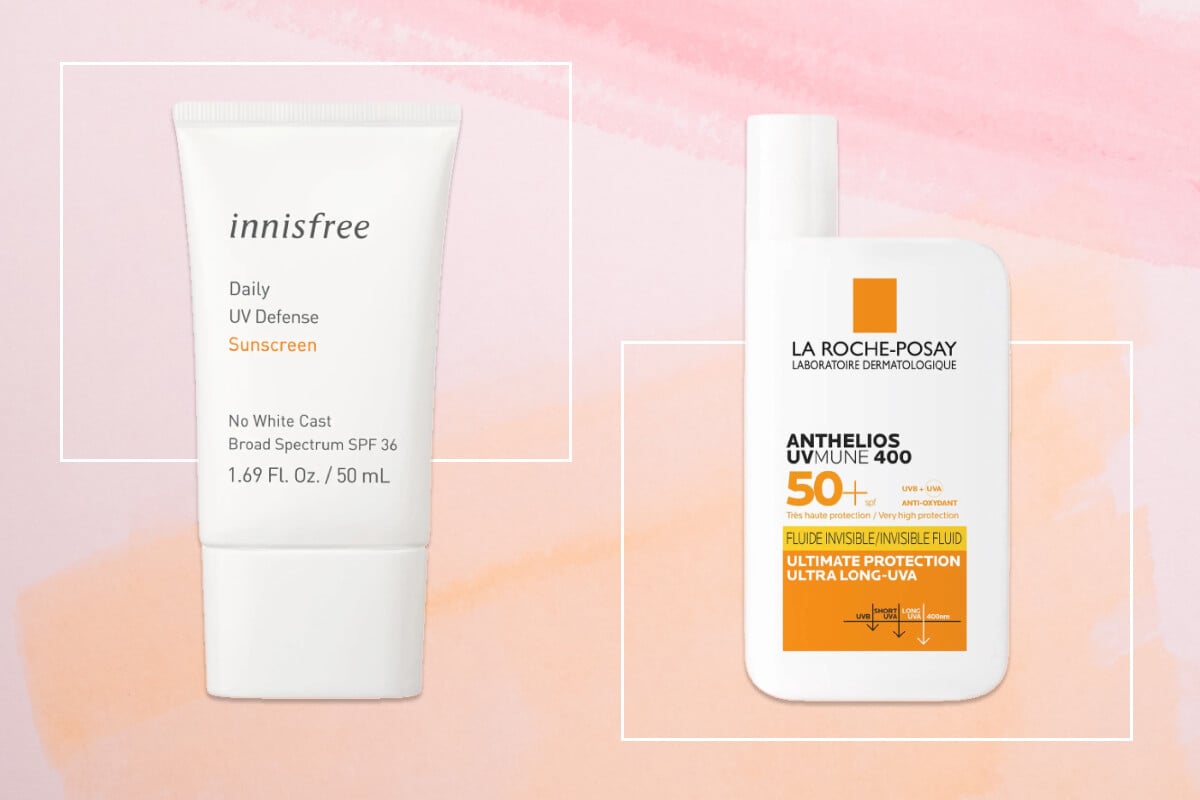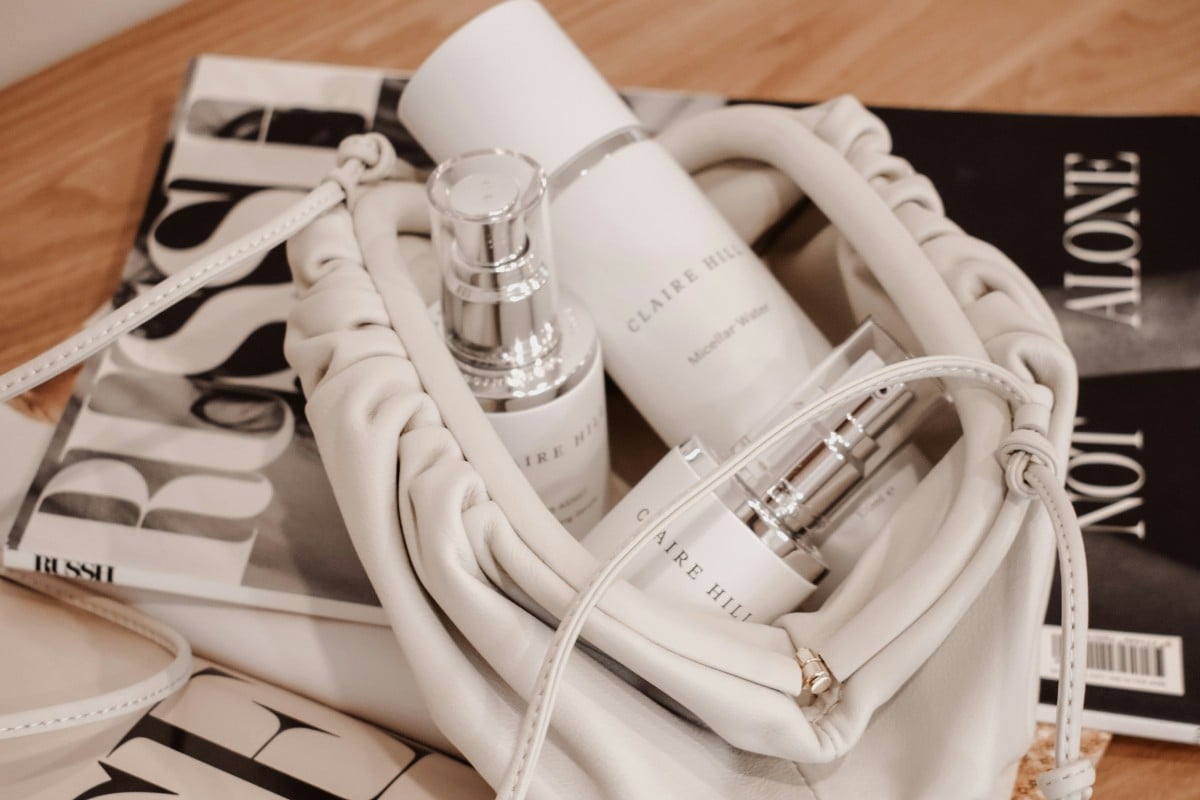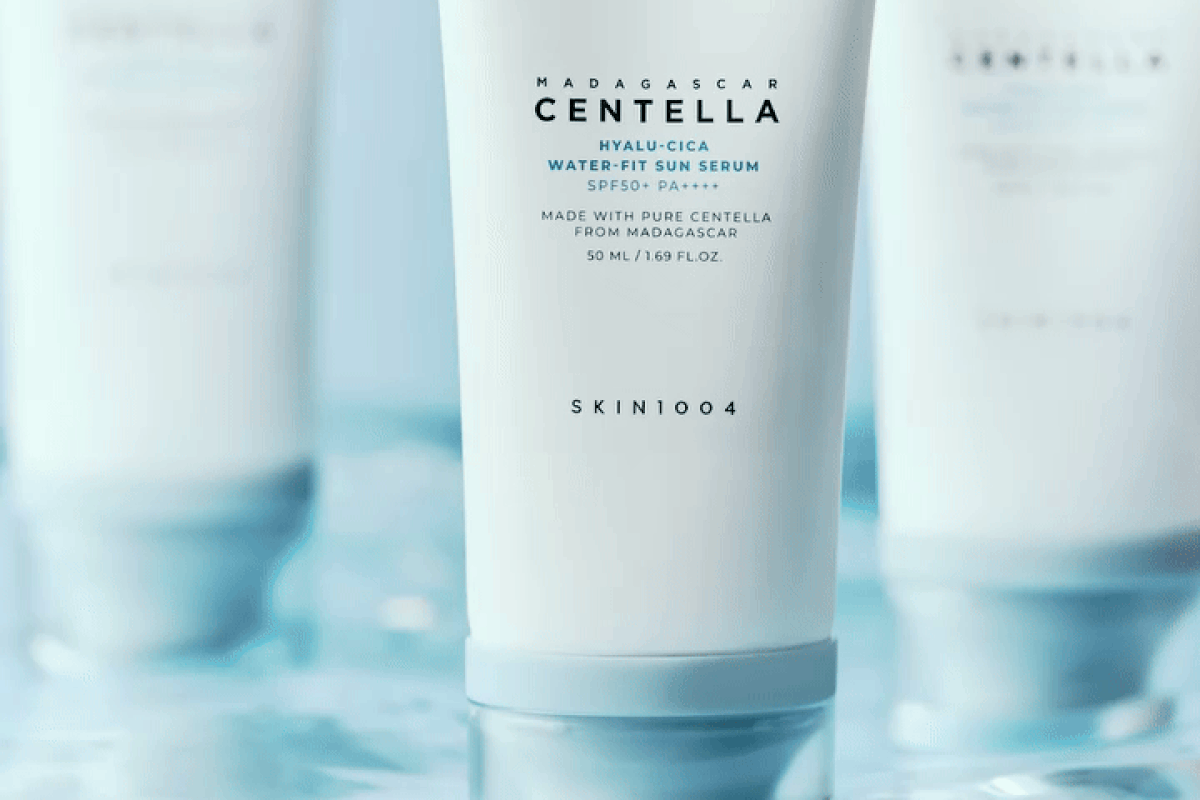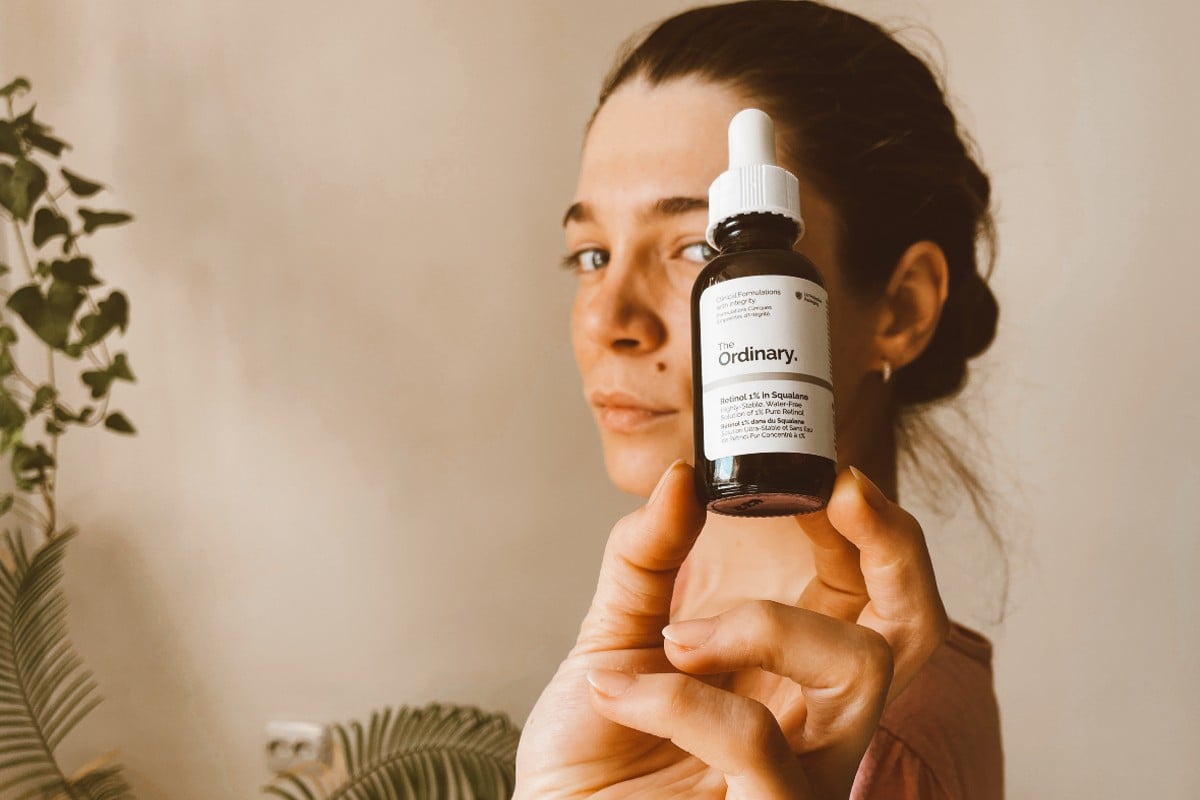Asiatic acid might not be the most well-known ingredient in skincare, but it’s slowly becoming one of them. Most people think acids are about exfoliating, but that’s not the case with asiatic acid. This acid is not part of the alpha- or beta-hydroxy acids and is definitely not a peeling agent. But asiatic acid has been popping up in our serums, creams, and masks for a bit for a good reason. Now let’s cut right to the chase and discuss the role of asiatic acid in skincare and whether or not it’s a goodie for the skin.
What is asiatic acid?
Asiatic acid is a compound isolated from Centella asiatica (cica) — a reputed herb in K-beauty touted for its hydrating, anti-inflammatory, barrier strengthening, soothing and antioxidant properties.
Among the compounds of Centella asiatica, namely, asiaticoside, madecassoside, and madecassic acid, asiatic acid make up the most important biologically active components. More precisely, asiatic acid is a naturally-derived pentacyclic triterpenoid that has a huge contribution to the well-established protecting, renewing, and wound healing abilities of Centella asiatica.[1] In other words, asiatic acid is a life-changer for anyone experiencing irritations, redness, itchiness, or aging marks.
Read on to find out everything about the benefits of asiatic acid for skin.
Asiatic acid skin benefits
Asiatic acid skin benefits revolve around calming rough, irritated skin, softening wrinkles, as well as shielding the barrier, and enhancing collagen production. The theory behind the effects of asiatic acid is mainly connected to its strong anti-inflammatory, healing, and antioxidant activities.[2]
First, asiatic acid is best known for its free radical scavenging ability, thanks to its antioxidant content. Since it fights free radicals, asiatic acid reduces cell damage caused by oxidative stress, prevents sun damage, and delays aging marks, helping maintain skin integrity. One research published by Frontiers in Pharmacology suggests that the asiatic acid’s inhibitory capacity on free radicals is higher than other well-known antioxidants such as vitamin C and tocopherol.[3]
Asiatic acid also acts as an anti-inflammatory agent by blocking specific signaling molecules that promote inflammation. As such, asiatic acid not only can reduce inflammations but it’s also great for accelerating the skin recovery process, especially after chemical peels or sunburn.
Finally, asiatic acid is hailed for anti-aging and skin-plumping effects due to its ability to activate collagen synthesis. More precisely, topical asiatic acid seems to increase type I collagen and protein levels in the body by controlling the enzymes responsible for collagen degradation.[4] In turn, this improves skin elasticity and firmness while reducing the appearance of wrinkles and fine lines. In fact, among Centella asiatica compounds, asiatic acid appears to be the only component responsible for collagen synthesis stimulation.[5] By promoting collagen, asiatic acid may also speed up skin healing, where collagen is required to close up wounds.
What’s more, asiatic acid was found to prevent premature skin aging caused by UV exposure, genetic factors, and environmental aggressors thanks to its free radical offsetting and anti-inflammatory benefits.[6] According to research, the effects of asiatic acid in improving photoaged skin and reducing wrinkles are comparable to retinoic acid, a form of vitamin A whose anti-aging benefits were clinically proven.
Who can use asiatic acid for skincare?
Everybody can use asiatic acid to improve their skin. It’s a gentle compound, albeit powerful, that acts as a skin-smoothing agent, anti-irritant, and highly tolerable. So, whether you’re struggling with breakouts, loss of firmness, deep wrinkles, or lack of moisture, you can use asiatic acid for skincare. Besides, since it possesses calming, skin regenerating, and anti-inflammatory properties, asiatic acid can be a great post-chemical peel treatment. It may be as well used to counteract the side effects of other harsh ingredients such as retinol, glycolic acid, or vitamin C.
The takeaway
For sure, the benefits of asiatic acid for skin are not to be overlooked. But as much as we’d like to praise this acid, there are some major shortcomings in the way it has been researched. That is, a good part of the research wasn’t done on human skin but on animals and artificial skin models. Besides, most studies don’t use asiatic acid alone in their topical formulations but mixed with other Centella asiatica compounds. Thus, it’s not clear how much of those effects are credited to asiatic acid alone.
However, given all the above, asiatic acid is definitely a goodie for the skin, and getting it in your skincare routine is nothing but a great idea.
References
- Lv J, Sharma A, Zhang T, Wu Y, Ding X. Pharmacological Review on Asiatic Acid and Its Derivatives: A Potential Compound. SLAS TECHNOLOGY: Translating Life Sciences Innovation. 2018;23(2):111-127. doi:10.1177/2472630317751840
- Bylka W, Znajdek-Awiżeń P, Studzińska-Sroka E, Brzezińska M. Centella asiatica in cosmetology. Postepy Dermatol Alergol. 2013;30(1):46-49. doi:10.5114/pdia.2013.33378
- Nagoor Meeran MF, Goyal SN, Suchal K, Sharma C, Patil CR, Ojha SK. Pharmacological Properties, Molecular Mechanisms, and Pharmaceutical Development of Asiatic Acid: A Pentacyclic Triterpenoid of Therapeutic Promise. Front Pharmacol. 2018;9:892. Published 2018 Sep 4. doi:10.3389/fphar.2018.00892
- Bonte F, Dumas M, Chaudagne C, Meybeck A. Influence of asiatic acid, madecassic acid, and asiaticoside on human collagen I synthesis. Planta Med. 1994 Apr;60(2):133-5. doi: 10.1055/s-2006-959434. PMID: 8202564.
- Maquart FX, Bellon G, Gillery P, Wegrowski Y, Borel JP. Stimulation of collagen synthesis in fibroblast cultures by a triterpene extracted from Centella asiatica. Connect Tissue Res. 1990;24(2):107-20. doi: 10.3109/03008209009152427. PMID: 2354631.
- Soo Lee Y, Jin DQ, Beak SM, Lee ES, Kim JA. Inhibition of ultraviolet-A-modulated signaling pathways by asiatic acid and ursolic acid in HaCaT human keratinocytes. Eur J Pharmacol. 2003 Aug 29;476(3):173-8. doi: 10.1016/s0014-2999(03)02177-0. PMID: 12969763.





![Does resveratrol in red wine benefit your skin? While sipping on a glass of red wine can be a delightful experience, relying on it for skincare benefits is not the best idea. Sure, red wine contains a smidge of resveratrol, but let's put things into perspective. The concentration of resveratrol in red wine is relatively low. Red wines, specifically Pinot noir from France, typically contain 0.361-1.972 mg of resveratrol per liter.[8] To hit that reference dose of 500mg of resveratrol, you'd need to drink a lot of wine. We're talking about downing anywhere from 100 to 1000 glasses per day. It's a scene straight out of a wine lover's wildest dreams, but definitely not the healthiest approach. Resveratrol Benefits for Skin](https://womensconcepts.com/wp-content/uploads/2022/03/Resveratrol-Benefits-for-Skin.jpg)



